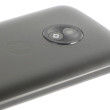Review: Blu R1 Plus
Lock Screen
Thanks to the near-stock version of Android running on the R1 Plus, the lock screen experience is simple, if basic.
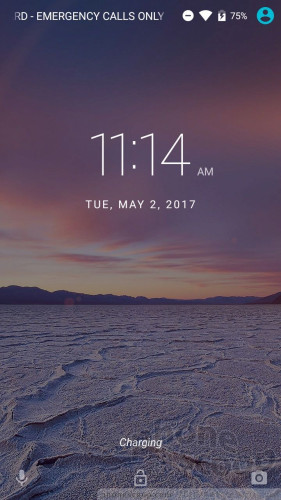
Press the lock button to wake the screen. You'll see a large digital clock in the middle of the display with notifications lined up sequentially beneath. As expected, you can dial in how much detail is shared by notifications on the lock screen. Dismissing the notifications requires but a swipe. The lock screen allows you to access the Quick Settings shade. There are shortcuts to Google Assistant and the camera in the lower corners of the lock screen.
Security options run the typical, which means PIN, pattern, password are available. It's a shame there's no fingerprint reader.

Home Screens
The R1 Plus runs Android 6.0 Marshmallow. I'd berate Blu heavily for selling a phone in May 2017 with Marshmallow aboard had the company not promised to update the R1 Plus to Android 7 Nougat "soon." (Seriously, though, Nougat has been available to phone makers since September 2016.)

Worse, the phone's security patch level is dated October 2016. That's practically unforgivable.
The mostly stock Android home screen doesn't offer any surprises and is dead simple to use.
Users can rearrange the home screen panels to suit their personal style. The home screens support folders, widgets, animated screen transitions, and so on. The phone has one home screen panel active out of the box and it contains a handful of the phone's preloaded apps. The app drawer, Quick Settings panel, and full settings menu are all stock Android. The Quick Setting panel slides down from the top as expected and the Settings tools are arranged in an easy-to-decipher list.
One thing worth pointing out: because the phone supports two SIM cards, you can customize how incoming calls on the two lines alert the device. For example, you can set one ringtone for your personal number and a different ringtone for your work number.
The R1 Plus is powered by a 1.3 GHz quad-core MediaTek 6737 processor with the Mali T720 GPU. It ships with 3 GB of RAM and 32 GB of storage. I didn't run into any speed-based issues while testing the phone. The MediaTek processor was able to deliver a smooth experience across the board.
Camera
The R1 Plus doesn't have a dedicated camera button, nor are there any trick shortcuts to open the camera. Your best bet is to use the lock screen shortcut. The camera opens quickly enough.

The controls are arranged in a standard format with the shutter buttons on the right side of the screen. There are no controls on the left side of the display. Swipe the viewfinder up to access all the settings and swipe the viewfinder down to access the shooting modes. Swipe either left or right to switch to the selfie camera.
The R1 Plus has 8 different shooting modes: normal, professional, HDR, panorama, night, face beauty, sports, and scene frame. Many of these modes are self explanatory and work as you expect them to.
The “professional” (manual) mode is decent and allows users to adjust focus, exposure (brightness), ISO (speed), white balance, and sharpness. You cannot set your own shutter speed, which means no creative night shots. That's a shame. The smart frame tool is kind of fun. It puts a picture you've taken into a frame, such as a mirror, laptop screen, TV screen, or billboard advertisement. We've seen this on other Blu handsets.
The normal shooting mode, which is the default setting, is perhaps too simple to use. A quick tap of the screen will set focus and exposure, which I appreciate. Since the shutter button is the only visible control, the viewfinder is clean and friendly. Changing most settings requires at least two steps. Though the flash and HDR tool aren't available by default, the good news is you can customize the settings a bit and add up to five settings shortcuts to the main viewfinder. That's helpful. The settings screen itself is an array of icons rather than a boring list, but using the icons to make changes requires lots of pressing and pressing again.
The camera generally performs well. The only real exception is the HDR setting, which is very slow. Further, low light hurts the camera's ability to focus, which also slows things down a bit. In all other modes and environments, however, the R1 Plus's camera is quick.
Photos
The R1 Plus has a 13-megapixel sensor that does an acceptable job considering the phone's price point.
Pictures are generally sharp and white balance is mostly accurate. I didn't see any problems there. Exposure tends to be the R1's weak point. It had a really hard time balancing bright/dark spots in some of the outdoor shots I took. Switching on HDR helps a lot, at the cost of shooting speed. Shots taken in low light are often a bit grainy. The flash tends to blow out images a bit.
The 5-megapixel selfie cam does alright. It includes a beautification tool for dialing back skin imperfections, but the results can be ghastly if you go too far. The user-facing flash — a rare feature at this price point — will help improve indoor selfies.
The R1 is limited to either 720p or 480p video capture. That's a bit of a bummer. The R1 Plus produced usable results as long as there was plenty of light. Shooting indoors often leads to grainy, soft video.
Most people can probably get away with using the R1 as an everyday camera, but I'd use something better for sightseeing, travel, and important events.


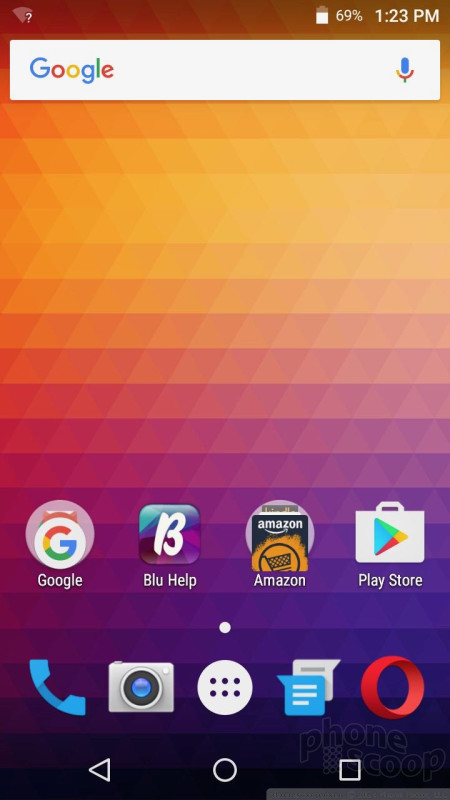











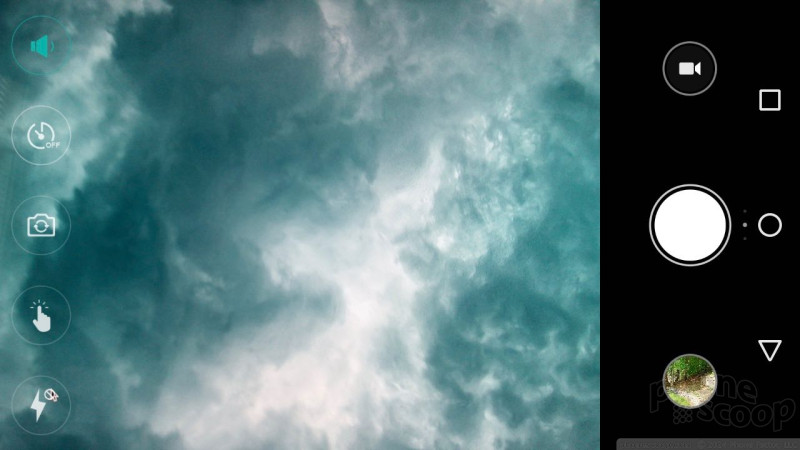





















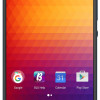 Blu R1 Plus Includes 5.5-Inch Screen, 4,000mAh Battery
Blu R1 Plus Includes 5.5-Inch Screen, 4,000mAh Battery
 Moto Intros razr Ultra, its New Flagship Foldable
Moto Intros razr Ultra, its New Flagship Foldable
 RedMagic 10 Pro Pushes Specs to Extreme
RedMagic 10 Pro Pushes Specs to Extreme
 Samsung Puts its Best Camera Yet in the Galaxy S23 Ultra
Samsung Puts its Best Camera Yet in the Galaxy S23 Ultra
 Motorola's New Flagship Gets its Signature Edge Back
Motorola's New Flagship Gets its Signature Edge Back
 BLU R1 Plus
BLU R1 Plus



